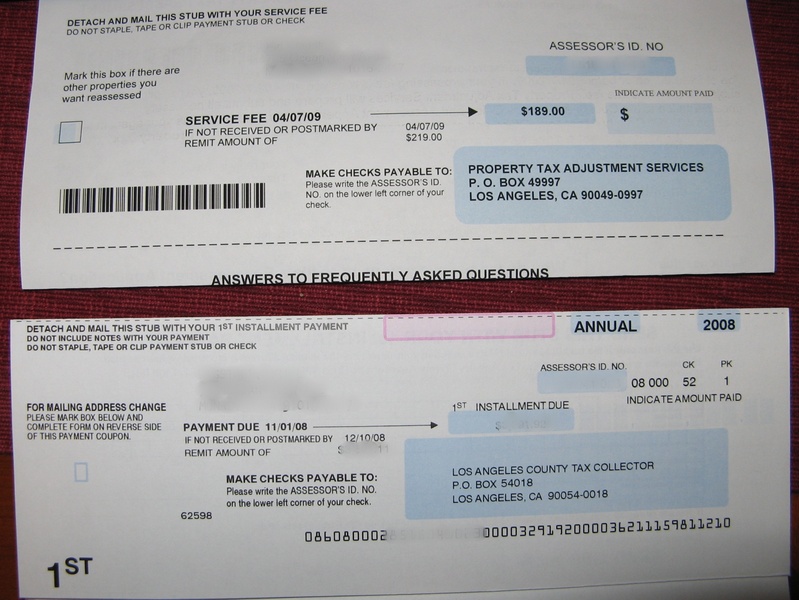When your money starts piling up in a savings account with a 0.5% interest rate, you know you need to take action. On a friend’s recommendation, I checked out Lending Club, an organization that facilitates loans between individuals (more information from wikipedia’s article on Lending Club). Rather than paying 29% interest to a credit card company, for example, a borrower can post a request for a $10,000 loan to pay off the credit card at a 15% (or other) rate, and a suite of investors can choose to fund that loan in small increments. Collectively, they provide a loan to the borrower — and they also collectively absorb the risk associated with the loan.
It’s quite an interesting concept. You can review each individual loan in which you might want to invest, which details all of the relevant information about the borrower, including their credit score, a loan risk rating, the interest rate (assigned by Lending Club), the amount of debt they currently have, their credit history, etc. You can then decide how much money to allocate to the low-risk (but lower return) loans versus the high-risk (but potentially higher return) ones. I opted for a conservative mix of mostly lower risk loans, to try it out.
I opened an account with $1000, which is now spread across 40 notes ($25 each). My instinct would have been to make larger investments in fewer loans, but this seems to be the default strategy recommended by the site, so I’ll see how it goes. Browsing the loan options was almost as interesting in a social sense as in a financial one. Each person has their own story and personality associated with their loan request. The vast majority of the loans I saw were for debt (usually credit card) consolidation purposes. (Some people have frighteningly large revolving credit balances, like $50,000!!!???!) Other common loan types were home improvements, wedding expenses, and medical expenses. Some were to pay off an existing Lending Club loan that had a higher interest rate — which seems a smart bootstrapping process; after making some payments, your credit rating may improve and thereby qualify you for a lower rate. I think it definitely makes sense to take advantage of such an opportunity, as a borrower.
For me, as an investor, the cost so far has been my $1000 plus the 30 minutes it took to browse and select 40 loans. The site does offer an automated portfolio builder (given a specified risk level) which provided a starting point, but I was unwilling to blindly accept its choices without at least reviewing them. I replaced some with others that seemed more attractive (or meritorious). The site offers the ability for investors to post questions to the borrowers, which are publicly visible; these conversations were often more useful than the initial description of the loan on the borrower’s part.
After selecting my 40 loans, I was given the following summary:
- Average interest rate: 10.88%
- Expected default: 1.51%
- Service charge: 0.6%
- Projected return: 8.76%
I’ll keep an eye on it to see just how good that projection is!
One other aspect of the account creation process I found interesting was that to open an account you have to certify the following:
I currently reside in one of the following states: CA, CO, CT, DE, FL, GA, HI, ID, IL, KY, LA, ME, MN, MO, MS, MT, NH, NV, NY, RI, SC, SD, UT, VA, WA, WI, WV, or WY;
I have an annual gross income of at least $70,000 ($85,000 if residing in CA) and a net worth (exclusive of home, home furnishings and automobile) of at least $70,000 ($85,000 if residing in CA); or a net worth of at least $250,000(determined with the same exclusions) ($200,000 if residing in CA), OR, if I live in Kentucky, that I am an “Accredited Investor” as determined pursuant to Rule 501(a) of Regulation D under the Securities Act of 1933, AND,
I will not purchase notes in an amount in excess of 10% of my net worth, determined exclusive of my home, home furnishings and automobile and if I live in California and do not satisfy any of the above tests, I will not invest more than $2,500 in Notes.
This makes me wonder what happens if you violate this certification. What if my AGI dropped below $85,000? What if I invested more than 10% of my net worth? What if I moved to Oregon? Would they cancel my account? Reject my money? And where did this kind of “certify that you’re a sensible person” requirement come from? There’s a story there, I’m sure.
